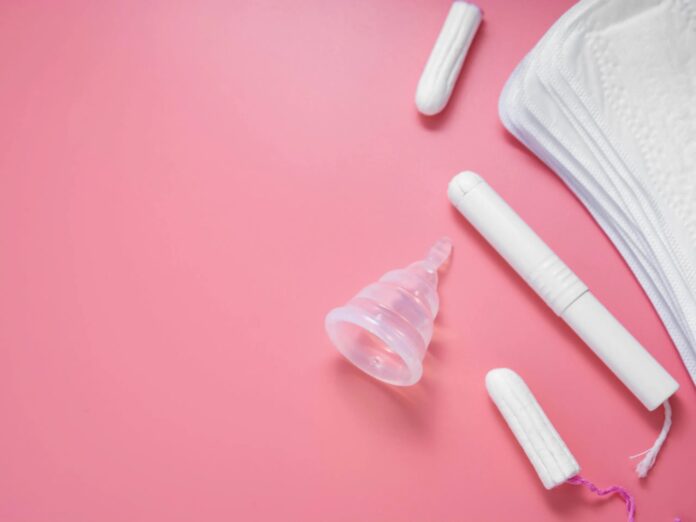Menstruation is a natural biological process experienced by women typically from puberty until menopause. Proper period care is essential for maintaining hygiene, comfort, and health. This guide provides an overview of the various aspects of period care, from understanding the menstrual cycle to choosing the right products and managing symptoms.
Understanding the Menstrual Cycle
The menstrual cycle is a monthly process that prepares the body for pregnancy. It typically lasts between 21 and 35 days, with menstruation (the period) lasting 3 to 7 days. The cycle is divided into several phases:
- Menstrual Phase: Shedding of the uterine lining, resulting in menstrual bleeding.
- Follicular Phase: Preparation of an egg for ovulation, starting on the first day of menstruation and lasting until ovulation.
- Ovulation Phase: Release of a mature egg from the ovary, usually around the middle of the cycle.
- Luteal Phase: Post-ovulation phase where the body prepares for a potential pregnancy; if no pregnancy occurs, the cycle restarts with the menstrual phase.
Choosing the Right Period Products
Women have a variety of period care products to choose from, each with its own benefits and considerations:
- Sanitary Pads: These are absorbent pads that stick to the underwear. They come in various sizes and absorbencies to match the flow intensity.
- Pros: Easy to use, widely available, and suitable for heavy flows.
- Cons: Can feel bulky and may cause discomfort with prolonged use.
- Tampons: Cylindrical products inserted into the vagina to absorb menstrual blood.
- Pros: Discreet, more freedom for physical activities, and less noticeable.
- Cons: Risk of Toxic Shock Syndrome (TSS) if left in too long; requires regular changing.
- Menstrual Cups: Flexible silicone or rubber cups inserted into the vagina to collect menstrual blood.
- Pros: Eco-friendly, cost-effective over time, can be worn for up to 12 hours.
- Cons: Requires practice to insert and remove, needs regular cleaning.
- Period Panties: Underwear designed with built-in absorbent layers.
- Pros: Reusable, comfortable, and discreet.
- Cons: Needs washing after each use, may not be suitable for very heavy flows.
- Reusable Cloth Pads: Washable fabric pads that attach to underwear.
- Pros: Eco-friendly, cost-effective, and comfortable.
- Cons: Requires washing, may need frequent changing on heavy flow days.
Managing Menstrual Symptoms
Many women experience symptoms like cramps, bloating, and mood swings during their period. Here are some ways to manage these symptoms:
- Pain Relief: Over-the-counter pain relievers such as ibuprofen or naproxen can help alleviate cramps.
- Heat Therapy: Applying a heating pad or hot water bottle to the lower abdomen can reduce pain and discomfort.
- Hydration: Drinking plenty of water helps reduce bloating and fatigue.
- Diet: Eating a balanced diet rich in fruits, vegetables, and whole grains can alleviate symptoms. Reducing caffeine and sugar intake may also help.
- Exercise: Light physical activity, like walking or yoga, can help reduce cramps and improve mood.
Maintaining Hygiene
Maintaining proper hygiene during menstruation is crucial to prevent infections and ensure comfort:
- Regular Changing: Change pads, tampons, or menstrual cups regularly (every 4-8 hours) to prevent bacterial growth and odors.
- Washing: Wash the genital area with warm water and mild soap daily to maintain cleanliness.
- Proper Disposal: Dispose of used sanitary products properly. Wrap them in tissue or a sanitary bag before discarding.
- Clean Hands: Always wash hands before and after handling menstrual products.
Mental and Emotional Well-being
Menstruation can affect emotional well-being. Here are some tips to stay mentally healthy:
- Rest: Ensure adequate rest and sleep to manage fatigue and mood swings.
- Stress Management: Practice relaxation techniques such as deep breathing, meditation, or journaling.
- Support System: Talk to friends, family, or a healthcare provider if you’re experiencing severe mood swings or depression.
When to Seek Medical Help
While most period symptoms are normal, certain signs indicate a need for medical attention:
- Heavy Bleeding: Soaking through a pad or tampon every hour for several hours.
- Severe Pain: Pain that is not relieved by over-the-counter medications.
- Irregular Periods: Consistently irregular cycles or periods that stop for several months.
- Other Symptoms: Unusual discharge, foul odor, or symptoms of TSS (fever, rash, vomiting).
Proper period care involves choosing the right products, managing symptoms, maintaining hygiene, and ensuring emotional well-being. By understanding the menstrual cycle and following these guidelines, women can navigate their periods with greater comfort and confidence. If you have any concerns or experience unusual symptoms, consult a healthcare professional for personalized advice.







